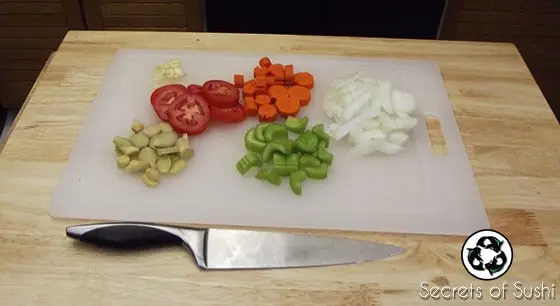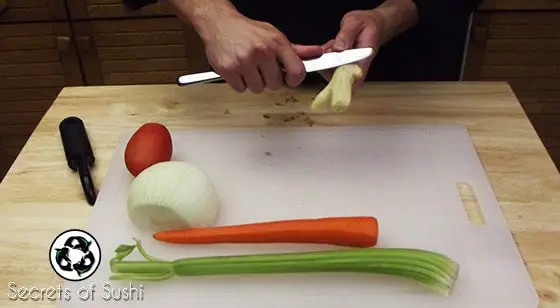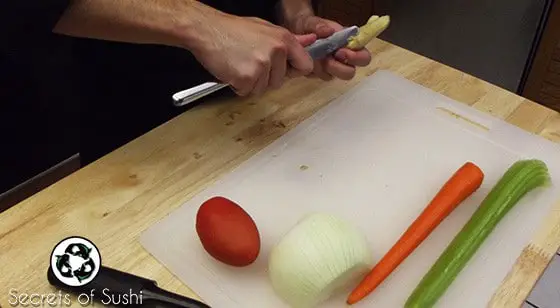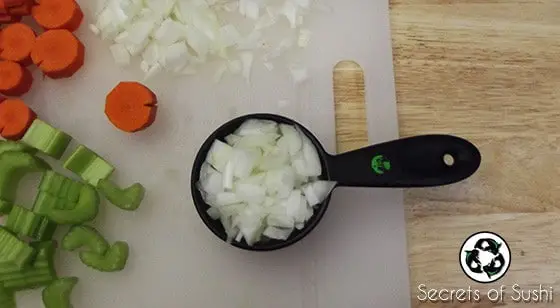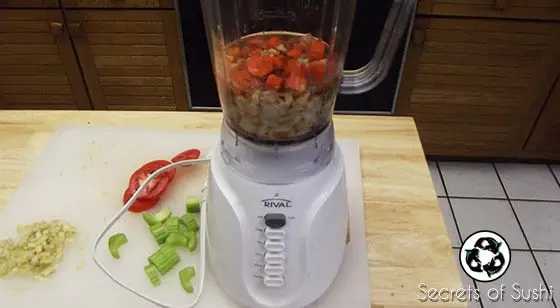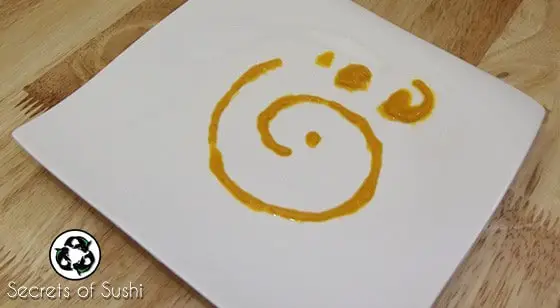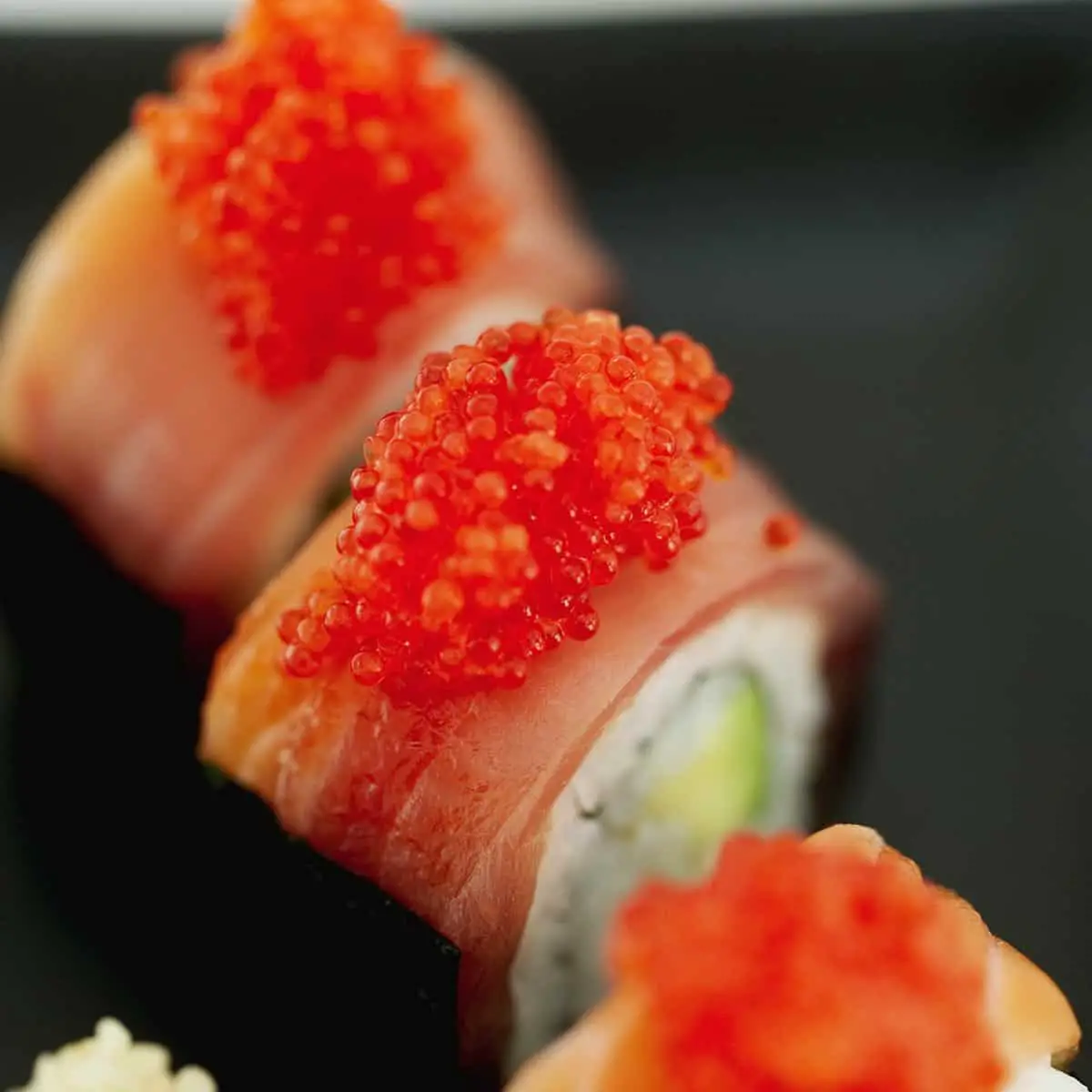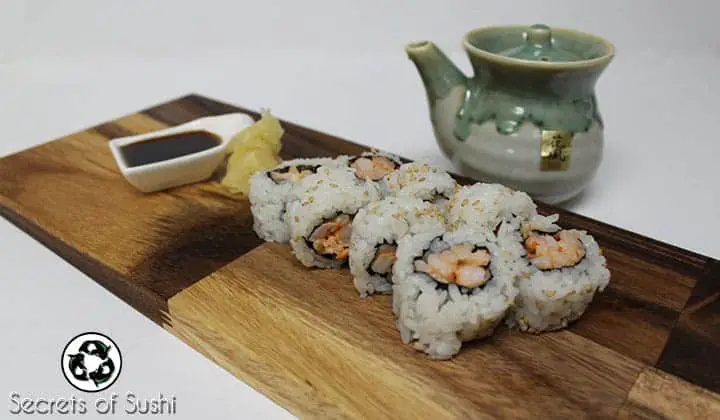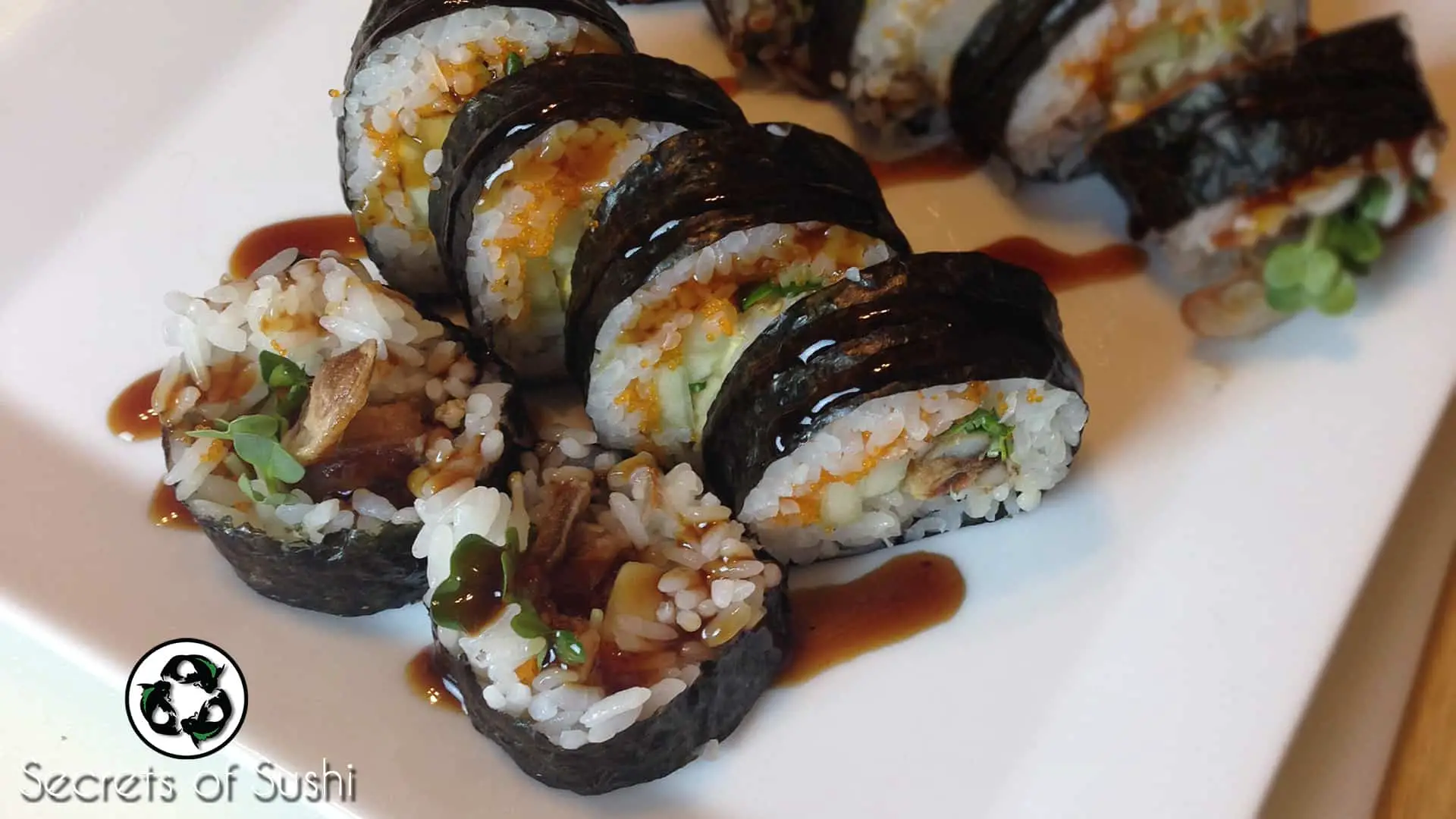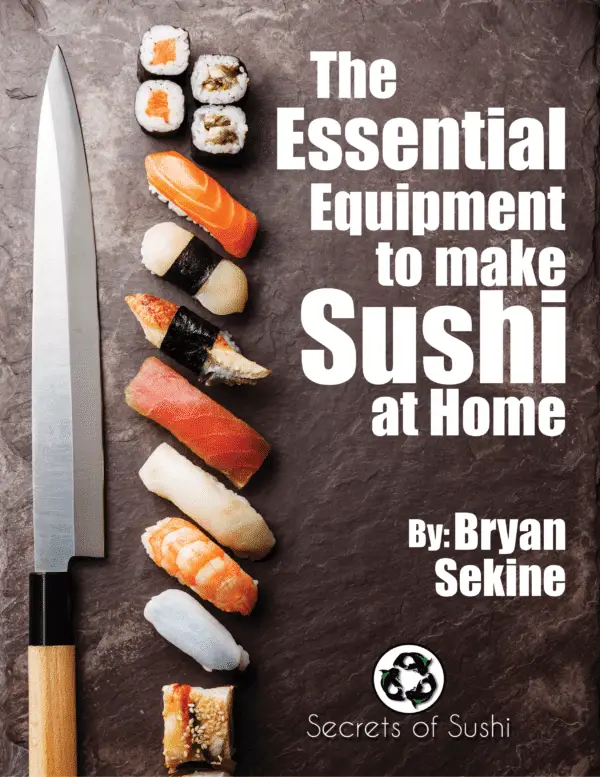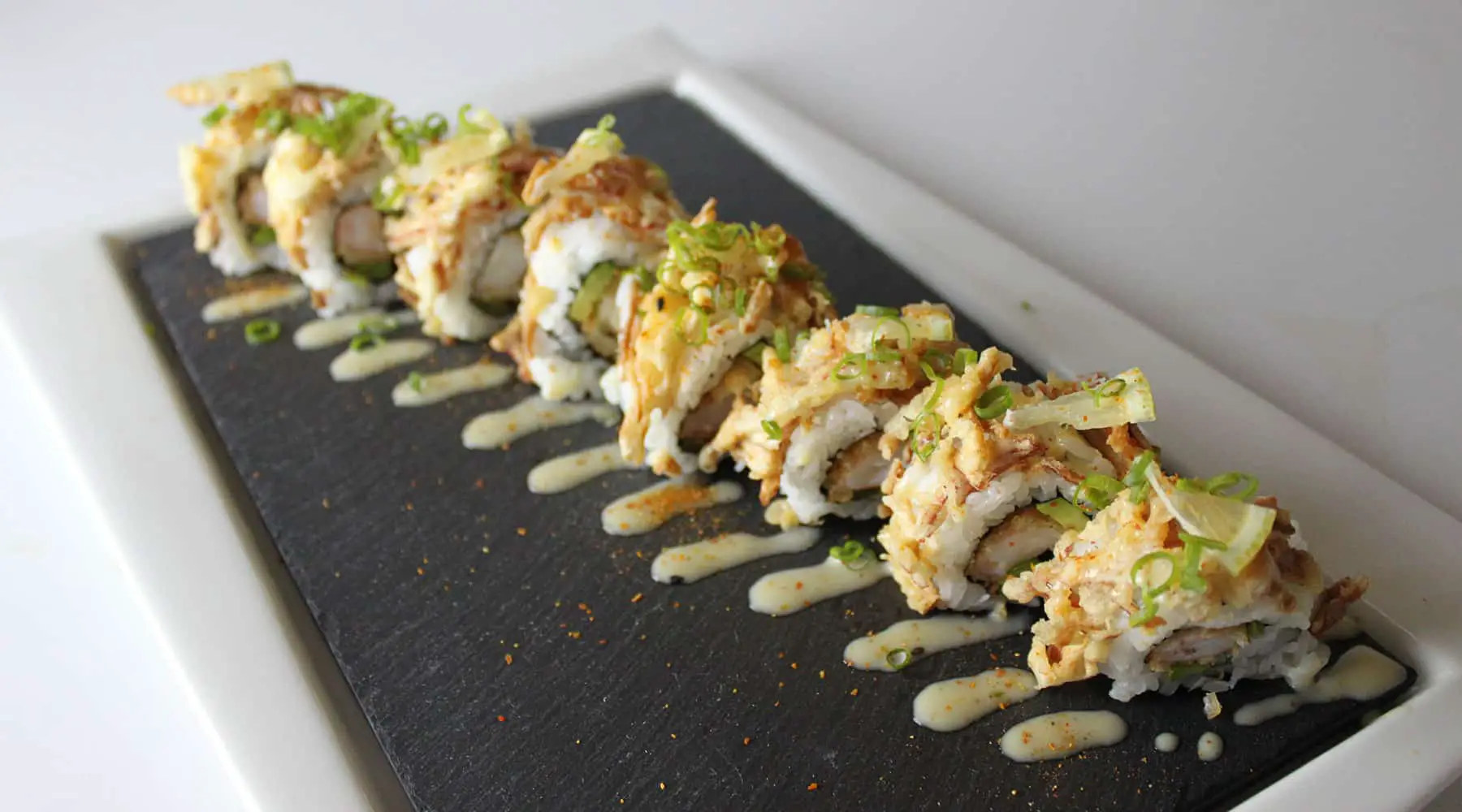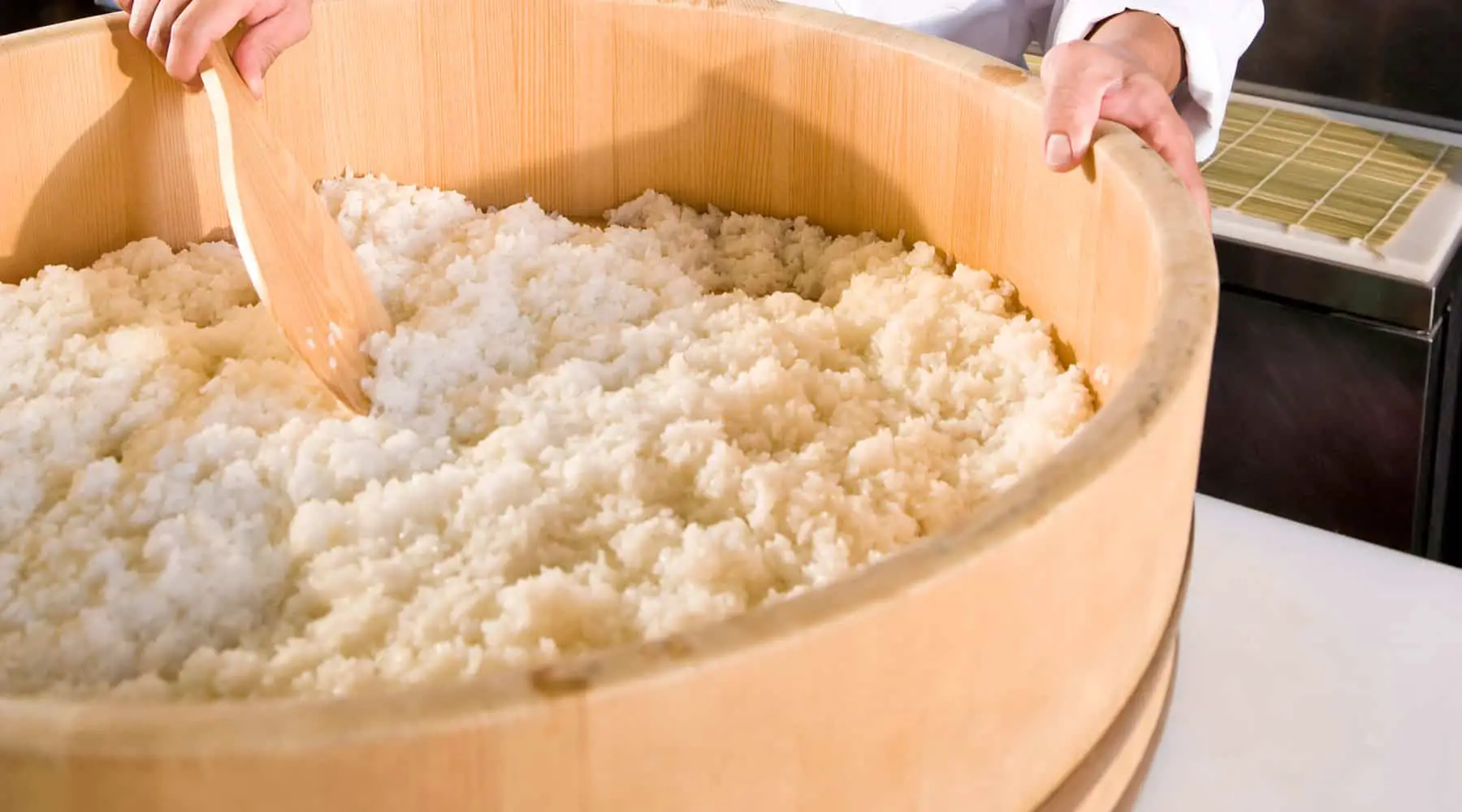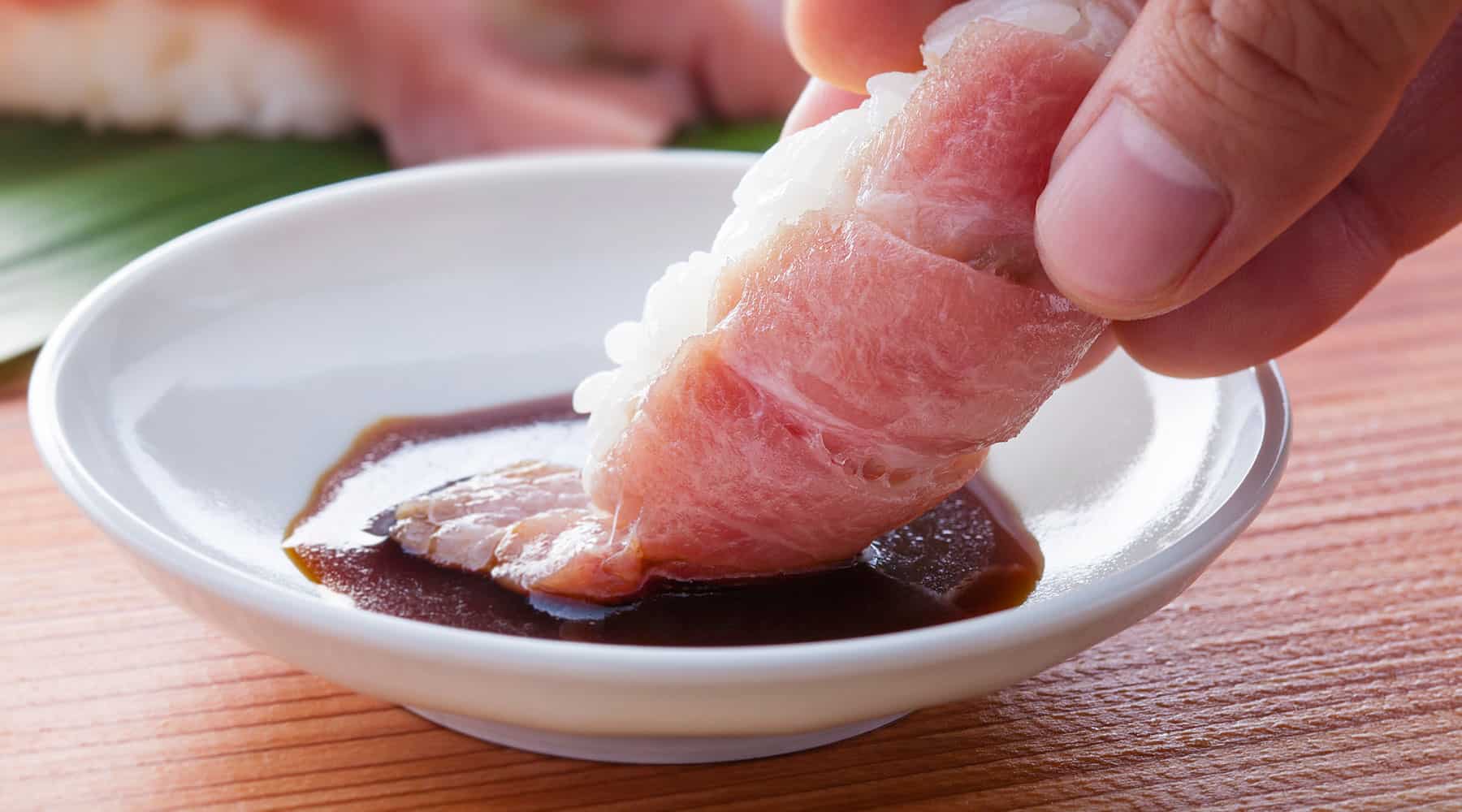I’ve had a lot a friends request a recipe on Japanese ginger dressing with the “authentic restaurant taste”. But most restaurants will add or subtract ingredients to fit their needs or stand out from the rest. So after several sessions of experimentation, here’s my rendition.
Please note that this recipe uses carrots, peanut oil and celery. I have found that these ingredients really help fill out the dressing and help give it a fresh, crisp taste.
For this tutorial, you will need:
- ½ cup diced onion
- ½ cup peanut oil
- 1 large carrot
- 3 tablespoons minced fresh ginger root
- 1 large stalk of minced celery
- ⅓ cup rice wine vinegar
- 2 tablespoons water
- 1 fresh tomato
- 4 teaspoons soy sauce
- 2 teaspoons white sugar
- 2 teaspoons lemon juice
- ½ teaspoon minced garlic
- ½ teaspoon salt
- ¼ teaspoon ground black pepper
- 1 ½ tablespoon of sesame oil
The measurements of this recipe makes 2.5 cups of dressing.
Preparing to Blend
We will be using a blender (or a food processor, if you have one) to make our Japanese ginger dressing. Before adding any of the listed ingredients above, be sure to wash, peel, and chop the ingredients into smaller pieces- this will help with measuring the right amounts of each ingredient.
** Peeling ginger can become a real a hassle. Certain pieces my have multiple limbs coming off of the main root. Often times in sushi bars, we use butter knives to peel fresh ginger. Take a butter knife and scrape the edge of the knife along the surface of the ginger. The skin/peel is so easy to remove, you could technically take it off with your fingernail. However using a small utensil will help speed up the process and prevent removing too much of the ginger root.
Once you have your vegetables washed, peeled, and chopped- it’s time to dice the onion and ginger. You might be wondering, “Why are we going through so much effort to mince the vegetables when they will inevitably be thrown into a blender?”
Well, my friend, the answer is because we need to measure these two ingredients by the cup- so the smaller the pieces, the more accurate you will be to this recipe! Please note that you do not need to dice the carrot, celery, or the the tomato.
If you’re using a fresh clove of garlic, that will need to be minced. Here’s a cool article on the difference between Chopping, Dicing, and Mincing.
Blend On!
Once your vegetables have been chopped, diced, or minced, you’re ready to measure and toss them into the blender. As a general rule of thumb, I like to toss my larger ingredients in first, followed by dry spices, and then finally the liquid components. This helps make sure that you don’t have large chunks of vegetables, the dry spices are well mixed in, and the liquid components don’t settle on the bottom.
Set the blender to “Liquid” mode and blend on. You want to make sure that everything is consistent and there are no large chunks present.
After you turn off the blender, you should have a nice orange/tan dressing with a bit of carrot and celery pulp. As a disclaimer, the smell will be relatively intense after you open the lit for the first time.
I recommend pouring your dressing into a squeeze bottle and letting it marinate in the refrigerator for a few hours before serving/consuming. It lets all of the flavors mix and become more subtle.
Once you’re ready to serve your new, home made Japanese ginger dressing, shake the bottle up and squeeze it over your favorite salad or marinated your next chicken breast with it!
Get Creative with the Recipe
Several of my friends are talented cooks or sushi chefs and they have recommended experimenting with the Japanese ginger dressing recipe! Here are a few fun varieties you can try:
Savory Ginger Dressing – try adding a cup (or more, depending on taste) of heavy mayonnaise or miracle whip to the original recipe for a thicker dipping sauce to accompany a vegetable plate!
Spicy Ginger Dressing – make a watered down wasabi paste and add it to the mix. Be careful not to use too much wasabi powder, as it may overcompensate the rest of the flavor.
Peanut Ginger Dressing – Can’t decide on whether to have peanut sauce or ginger dressing? Why not both! Try adding 1/2 cup of your favorite peanut sauce or add 1 cup of roasted peanuts to the blender. Alternatively, you could also use some organic peanut butter (approx. 1/2 to 1 cup, according to taste).
**Please note that the variations listed above have not been taste tested for quality assurance. The measurements of the new ingredients are approximate and results may vary.**
Try it out and let me know what you think in the comments below!

